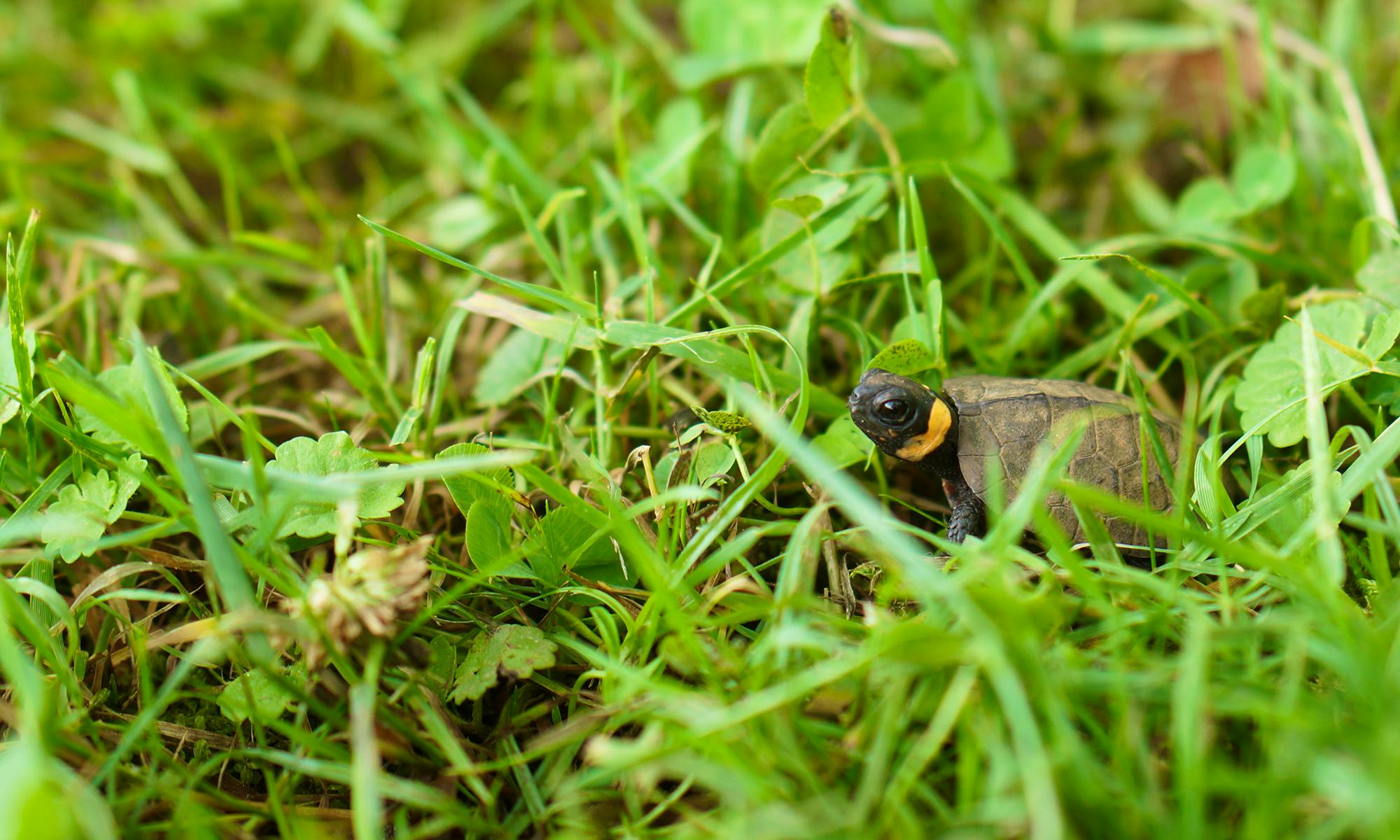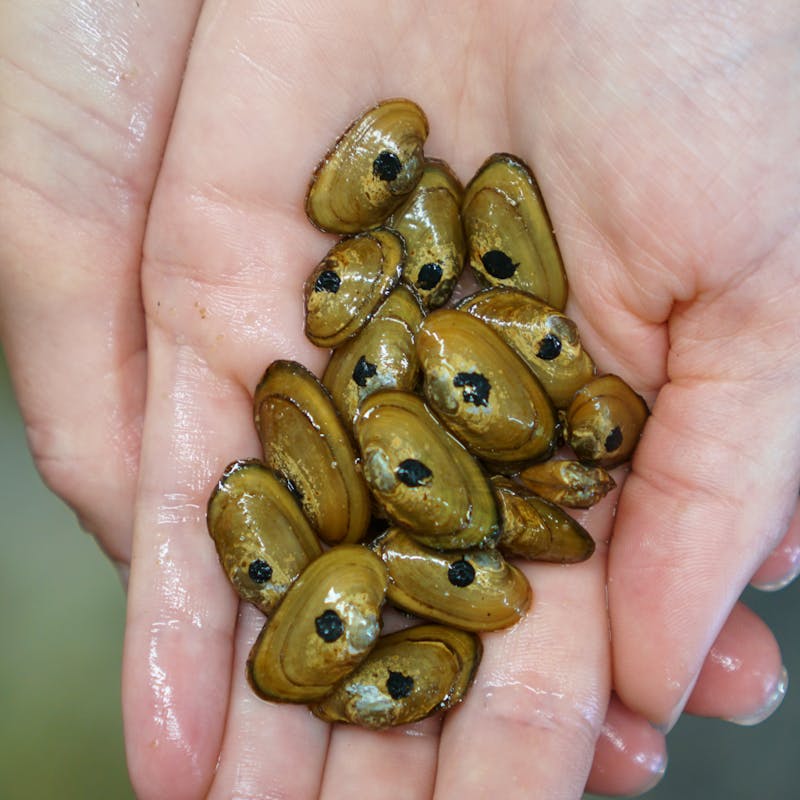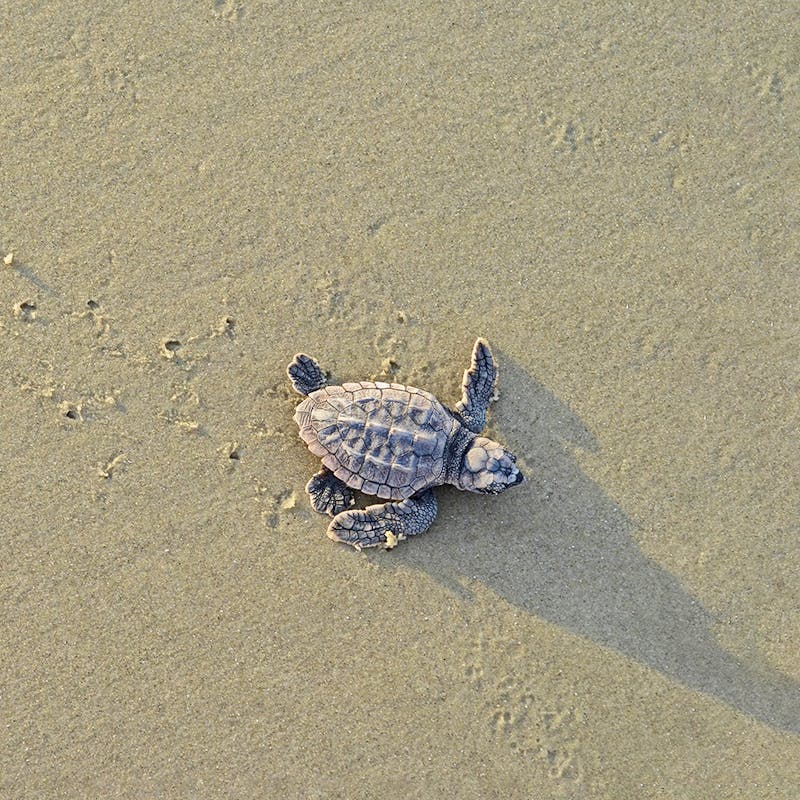Join our mobile Rapid Response Network!
You can be the first to hear about how we’re going to hold the next administration accountable and how you can fight back for wildlife!
Wetlands across the country are threatened by pollution, fragmentation and conversion to agriculture, severely harming rare species like the bog turtle.
North America's smallest turtle is listed as threatened under the Endangered Species Act because its habitat is rapidly disappearing and remaining patches are fragmented by roads and other infrastructure. Bogs provide important habitat not just for bog turtles but also for many migratory song birds, rare plants and game species. They also act as environmental "sponges," helping to filter pollutants out of groundwater, and moderate the impacts of both droughts and floods. Farmers can restore and improve this valuable habitat by simply by not ditching their bogs and controlling the intensity of livestock grazing.
A large percentage of freshwater habitat has been drained and converted to farmland. Invasive plants, such as the purple loosestrife from Asia and Africa, are crowding in. Pollution of waterways impacts siltation and water quality and poachers will capture and sell these turtles as favorites of the pet trade.

Defenders' Impact
Through a collaborative effort with the USDA Natural Resources Conservation Services, we work directly on the ground with landowners to develop restoration and conservation plans for their bogs, and connect them with financial resources to support best management practices that help protect bog turtles.
Defenders is also a member of the Bog Learning Network, which is focused on protection and restoration of mountain bogs and all of their native species; and the Wetland Forest Initiative, which is a 14-state coalition of partners dedicated to preserving critical wetland forest ecosystems.
Through these partnerships, we are developing approaches to strategic intervention to save bogs threatened by agriculture and development and protect the wildlife that rely on this important habitat.
What You Can Do
Limit pesticide use and help control erosion by planting trees and other plants to keep water clean. Think about proactive conservation recommendations when thinking about developing land.

About
The northern bog turtle population stretches from New York and western Massachusetts south to Maryland and the southern population occurs in the Appalachians.
Bog turtles prefer open, unpolluted emergent and scrub/shrub wetlands such as shallow spring-fed fens, sphagnum bogs, swamps, marshy meadows and wet pastures.
Current populations are unknown but estimates range from 2,500 to 10,000.
Bog turtles depend upon a diversity of micro-habitats for foraging, nesting, basking, hibernating and sheltering.
Nesting Season: May - September
Gestation: 1-2 months
Clutch size: 1-5 eggs
Bog turtles primarily eat mollusks and aquatic insects, but also eat seeds and berries.
Bog Turtle Blog Posts









